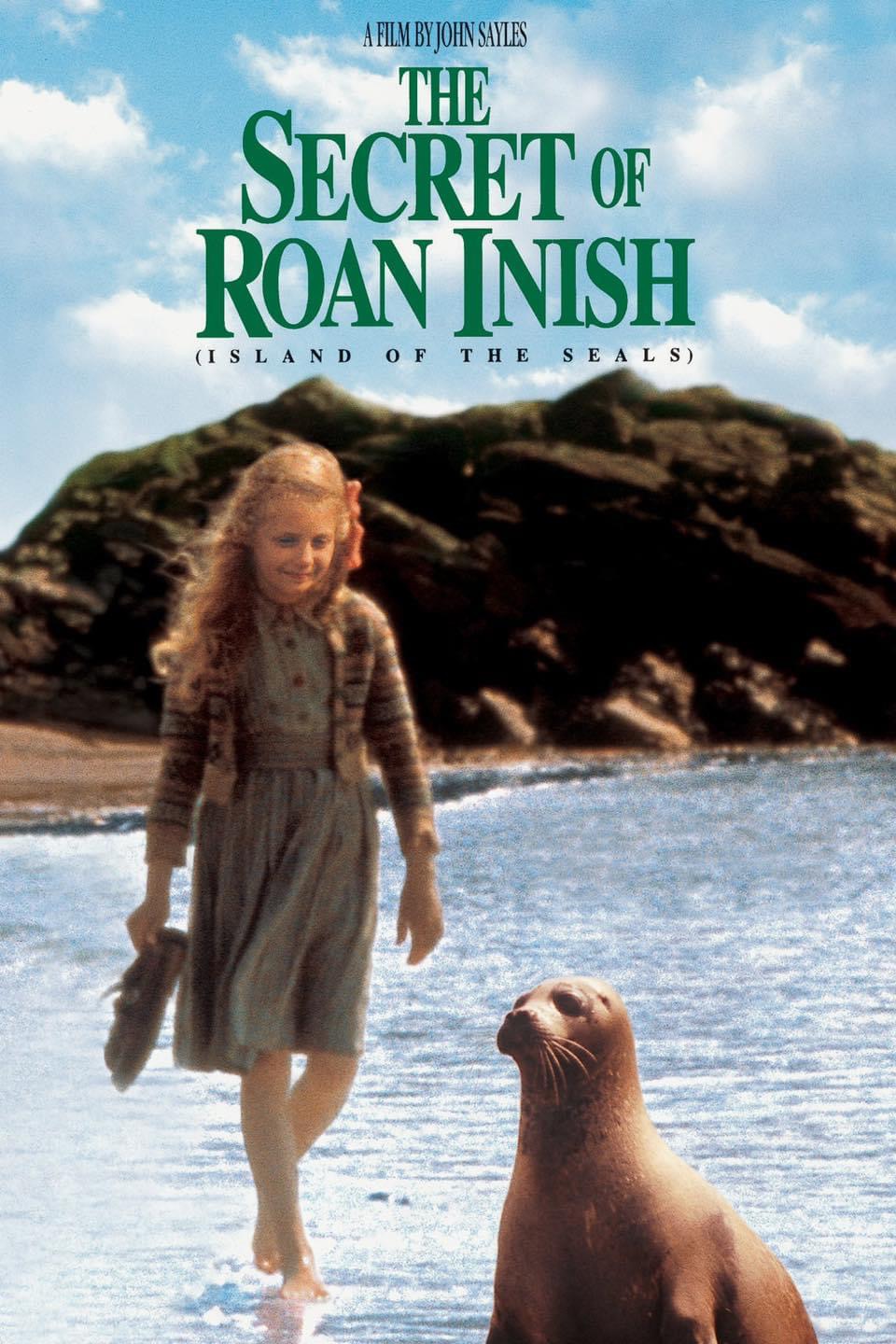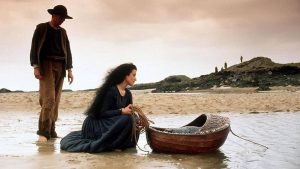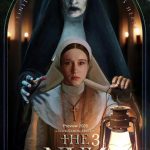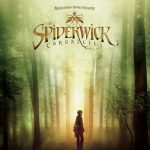The Secret of Roan Inish (1994)

The Secret of Roan Inish (1994), directed by John Sayles, is a captivating, heartfelt film that merges Irish folklore with a story of family, identity, and belonging. Adapted from the novel The Secret of Ron Mor Skerry by Rosalie K. Fry, the film weaves elements of Celtic myth into a narrative that feels both enchanting and deeply grounded. At its heart, it tells the story of a young girl named Fiona who, through a journey of discovery, unearths her family’s mysterious connection to the abandoned island of Roan Inish and the legendary selkies—magical creatures that are half-seal, half-human. Sayles brings this story to life with sensitivity and reverence, creating a film that feels like a timeless folk tale and resonates with universal themes of loss, home, and cultural heritage.
Suggested videos for you
Setting and Cinematography
One of the film’s greatest strengths is its setting, which captures the rugged beauty of the Irish coast. Roan Inish, an island abandoned by its inhabitants, looms as both a character and a symbol of the family’s past. The seascapes are breathtaking, with long shots of the waves crashing against rocky shores, sweeping views of green hills, and moments of quiet beauty where seals swim gracefully through the water. Cinematographer Haskell Wexler creates a visual language that’s both realistic and magical, balancing the harshness of nature with its gentle, mysterious allure. The natural beauty of the Irish coastline creates an atmosphere that feels otherworldly yet authentic, perfectly suited to the film’s exploration of folklore and family legacy.
The film’s visual storytelling plays a significant role in creating an immersive experience. Roan Inish, although mostly desolate, is depicted as a place of magic and memory, evoking a sense of home even in its emptiness. The quaint villages, small fishing boats, and worn-down cottages add to the film’s grounded realism while contrasting with the supernatural elements that seep into the story. Sayles makes the setting feel timeless and untouched, giving the impression that this story could have unfolded centuries ago, lending a fairy-tale quality to the entire experience.
Plot and Folklore
The story centers on Fiona (Jeni Courtney), a ten-year-old girl sent to live with her grandparents after her mother’s death and her family’s subsequent move to the city. Fiona’s grandparents, Hugh (Mick Lally) and Tess (Eileen Colgan), live on the mainland but remain deeply connected to the island of Roan Inish, where the family once resided. Fiona quickly becomes captivated by the legends surrounding her family, especially the story of her lost baby brother, Jamie, who was carried out to sea in a cradle after the family left Roan Inish. It is said that Jamie still lives on the island, raised by seals who protect him and keep him hidden.
As Fiona learns more about her heritage, she also hears the tale of a family ancestor who married a selkie, a mythical seal who could transform into a human. This link to the selkies provides the family with a magical connection to the sea, a bond that shapes their identity and ties them to Roan Inish. Driven by curiosity, Fiona begins visiting the island, believing that Jamie might still be alive and that Roan Inish holds the key to her family’s happiness. Her belief in the island’s magic propels her on a journey to uncover the truth, reclaim her family’s past, and bring them back to their ancestral home.
Themes of Family, Identity, and Loss
The Secret of Roan Inish explores the power of family heritage and the yearning for a sense of belonging. Fiona’s journey is not only one of discovery but also of reconnection. The family’s history is filled with loss and displacement, as they’ve been forced to leave their home and adapt to new ways of life. Yet, through her exploration, Fiona finds a renewed sense of purpose and identity. She is determined to reunite her family with Roan Inish, a place that embodies their connection to both nature and magic.
The film’s themes of loss and resilience resonate deeply. The family’s displacement from Roan Inish mirrors the real-world experiences of many Irish families who were forced to leave their homes due to economic hardships or external pressures. For Fiona, returning to Roan Inish is about reclaiming more than just a physical space; it’s about restoring a lost part of herself and her family. This idea of home as something sacred, a place tied to personal and cultural identity, adds a layer of emotional depth to Fiona’s quest.
Moreover, the story delves into the significance of folklore in preserving cultural identity. The selkie myth is not just a tale of magic but a link to the family’s heritage. The story is passed down through generations, and by believing in it, Fiona keeps her family’s legacy alive. Sayles treats this folklore with respect, allowing it to drive the story without ever questioning its validity. The magic of the selkies is presented as fact within the film’s universe, encouraging viewers to suspend disbelief and appreciate the richness of cultural mythology.
Characterization and Performances
Jeni Courtney, as Fiona, brings a captivating innocence and determination to her role. Her performance is understated, allowing Fiona’s curiosity and quiet strength to shine through without overacting. Courtney’s portrayal grounds the film, as she carries much of the story with her exploration, wonder, and empathy. Fiona’s belief in her family’s connection to Roan Inish feels genuine and unshakable, making her a character who embodies hope and resilience.
The supporting cast adds depth to the story, especially Mick Lally and Eileen Colgan as Fiona’s grandparents. They bring warmth and authenticity to their roles, their characters filled with love for both Fiona and the island they left behind. The grandparents serve as a bridge between the past and present, passing down family stories and encouraging Fiona’s connection to her heritage. Their interactions with Fiona are tender and sincere, illustrating the power of family ties and shared memories.
The character of Jamie, though only seen in brief scenes, embodies the mystery and magic of the island. He’s portrayed as a kind of “lost prince” watched over by the seals, symbolizing the enduring connection between the family and the sea. These scenes add a haunting, ethereal quality to the film, reinforcing the idea that the island holds onto its secrets and protects those who are part of it.
Soundtrack and Music
Mason Daring’s score beautifully complements the film, combining traditional Irish melodies with a haunting, gentle musical backdrop that enhances the film’s dreamlike quality. The music is never overbearing; instead, it subtly underscores the emotions and the supernatural elements, enhancing the audience’s immersion in the story. The use of Irish folk songs also adds authenticity and reinforces the film’s sense of cultural heritage. The score works seamlessly with the natural sounds of the ocean, wind, and wildlife, creating a harmonious blend that adds to the film’s atmosphere.
Direction and Tone
Director John Sayles approaches The Secret of Roan Inish with an impressive sensitivity to tone and pacing. Unlike conventional children’s films that rely on fast-paced action or overt humor, this film embraces a slow, meditative pace, allowing the story to unfold gently. Sayles treats the folklore with respect and reverence, never undermining the mythic elements or reducing them to mere fantasy. Instead, he integrates them into the fabric of the characters’ lives, allowing the magical and the real to coexist naturally.
The tone is one of quiet wonder and introspection, a rare quality that makes the film suitable for both children and adults. Sayles crafts a world where nature, folklore, and family history are intertwined, and he invites the audience to appreciate the subtleties and emotional depth of this connection. The film is ultimately about belief—in family, in heritage, and in the stories that define us.
Conclusion
The Secret of Roan Inish is a beautiful, timeless film that invites viewers into a world of myth, memory, and family bonds. Its storytelling resonates deeply, drawing on Irish folklore to explore themes of identity, loss, and the meaning of home. Through Fiona’s journey, the film captures the importance of cultural heritage and the ways in which mythology and personal history can shape one’s sense of self. Sayles’ respectful approach to storytelling, combined with the film’s evocative setting, strong performances, and gentle pacing, creates a cinematic experience that feels like a cherished folktale brought to life.
This is a film that lingers, haunting in its beauty and poignant in its themes. The Secret of Roan Inish stands as an ode to the power of belief and the magic of family traditions, offering a unique narrative experience that appeals to the heart and the imagination. It’s a story about going home, not just to a place but to a heritage, a past, and a sense of self. For anyone who cherishes stories that feel both magical and deeply human, The Secret of Roan Inish is a must-watch, a film that reminds us of the enduring strength of family ties and the mysteries of the world around us.










